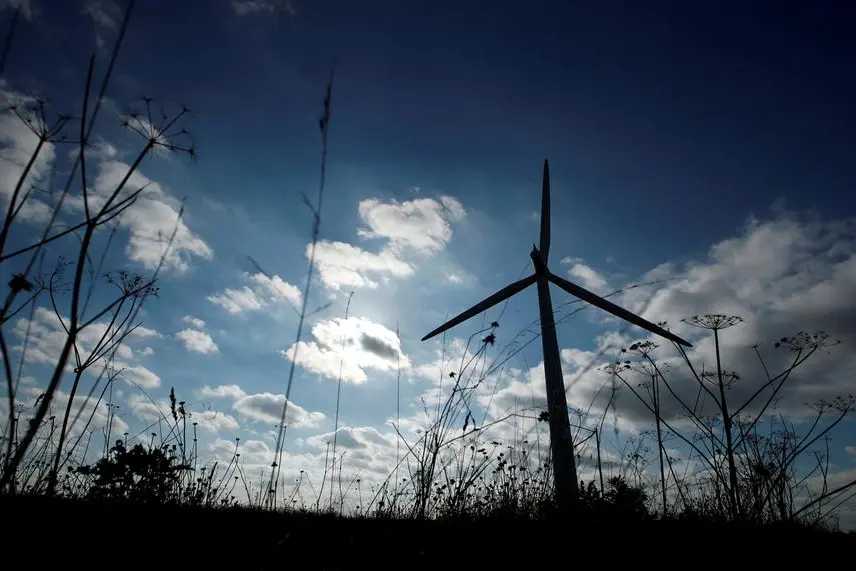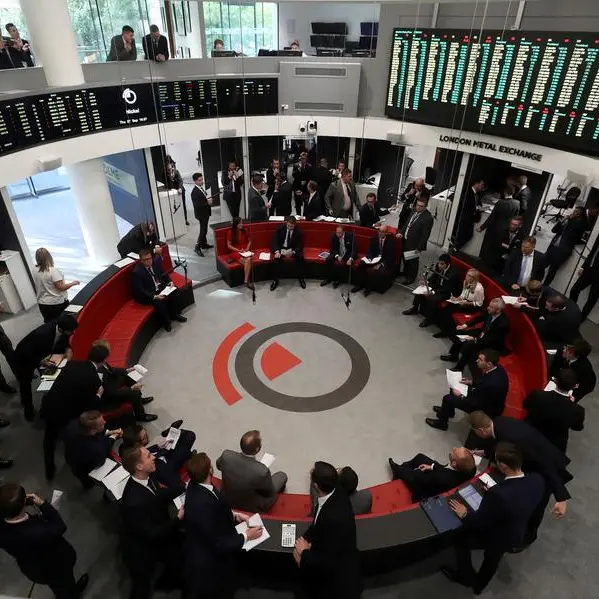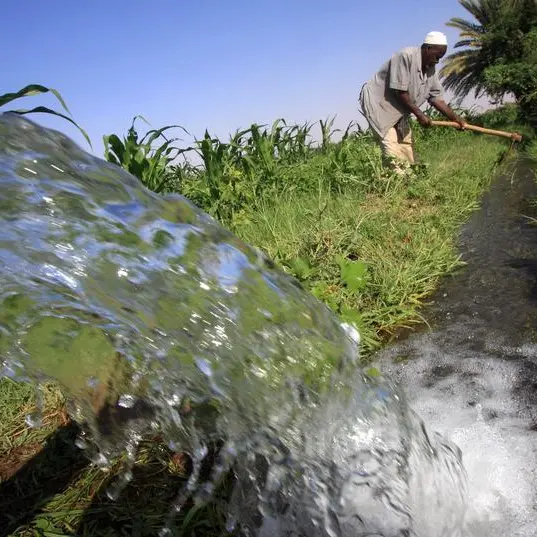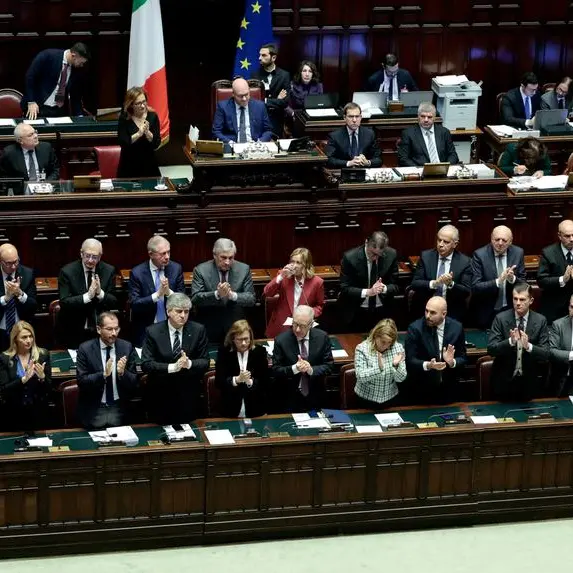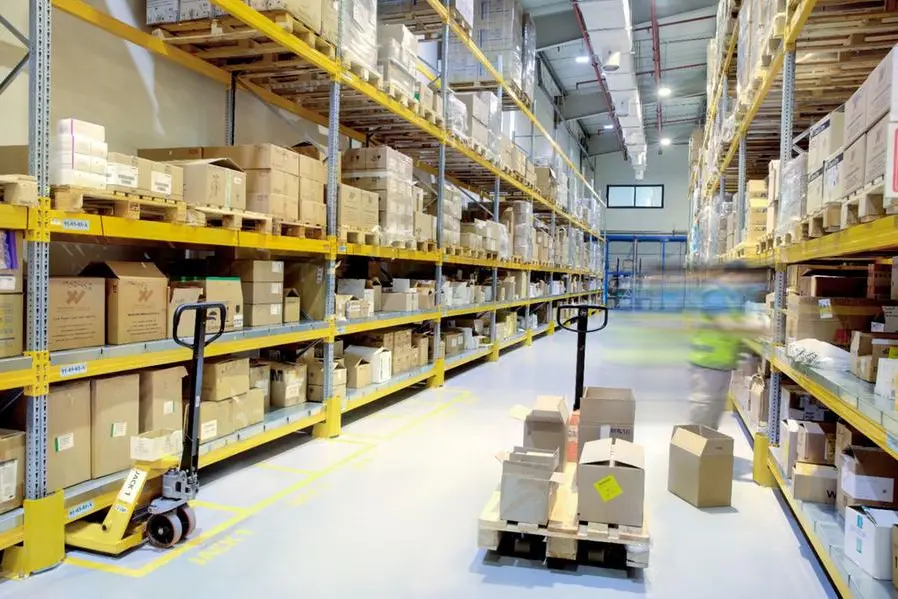PHOTO
(The opinions expressed here are those of the author, a columnist for Reuters)
LITTLETON, Colorado - There's a wide range in the proportion of U.S. electricity generated by clean energy sources, with nearly 100% of Vermont's electricity coming from low-emissions power while the territory of Puerto Rico has less than 3% clean electricity.
The average clean electricity supply share for the United States as a whole is around 43% so far this year, which is a record high and up from 38% in 2019, data from energy think tank Ember shows.
Ongoing investments by utilities in renewable energy capacity, mainly solar and wind farms, as well as expansions in hydroelectric and nuclear power, look set to keep lifting the share of clean electricity generated across the U.S. as a whole.
But a wide range of clean and fossil fuel-fired generation mixes look set to persist at state level, where legacy infrastructure, political leanings, local geography, land availability and community engagement all play a role in advancing or hindering energy transition efforts.
Below is a breakdown of key leaders and laggards in terms of clean energy generation at state level, and key trends to track nationally.
CLEANEST CUT
While Vermont tops the list as the state with the cleanest electricity share, there are five other states with a clean generation share of more than 70%: Washington, South Dakota, New Hampshire, Idaho and Illinois.
The sources of clean generation vary widely across the list, from heavily hydro in Vermont, Idaho and Washington, to mainly nuclear-powered in New Hampshire and Illinois.
Combined output from solar and wind farms has also shown steady growth across the cleanest electricity states, as utilities there look to expand total electricity output in line with overall power demand trends across the country.
FOSSIL FIXED
At the other end of the clean generation spectrum are Puerto Rico, West Virginia, Kentucky, Delaware, Indiana, Mississippi, Louisiana and Ohio, which all have less than 20% shares of clean energy in state electricity generation systems.
Natural gas and coal-fired power stations provide the bulk of power generation across these states, with West Virginia and Kentucky both heavily dependent on locally mined coal while the remainder rely mainly on gas.
West Virginia's power system is almost entirely fossil-based, with 88% of electricity coming from coal and an additional 8% or so from natural gas.
Kentucky also gets over 90% of electricity from coal and gas, but has doubled that share of gas-fired power while steadily reducing coal-fired generation over the past decade or so in order to reduce power pollution levels.
An additional 16 states, including Texas, Pennsylvania, Florida and Michigan, have clean electricity generation shares of well below the national average, although in most cases are making investments in clean generation capacity.
CLEAN GROWTH
Thirteen states have managed to boost their average clean generation share of the generation mix by over 10 percentage points since 2019, with New Mexico, Colorado, Montana and Iowa posting the largest gains.
Rapid growth in renewable energy generation - particularly wind - has been the main driver of clean energy supply expansion in all of these states, especially Iowa and New Mexico.
Texas and Wyoming have also scored strong clean generation growth since 2019 on the back of big jumps in wind output, while Utah has seen a doubling in solar's share of the state's generation mix since 2022.
BACKSLIDING
New York, Maine, Pennsylvania and Idaho have all lost ground in terms of clean generation share since 2019.
In New York and Pennsylvania, which are two of the largest power systems in the country, new natural gas-fired capacity boosted the fossil share of the generation mix by around 5-10 percentage points since 2018.
Michigan, Mississippi and Louisiana have also made notable boosts to gas-fired capacity within the past five years, so that the share of clean generation within each state has receded since 2018.
Overall, however, the U.S. electricity generation system looks set to get incrementally cleaner over the remainder of this decade as utilities across the country install more renewable generation capacity and drive total electricity supplies to new records.
(Reporting by Gavin Maguire; Editing by Lincoln Feast.)
